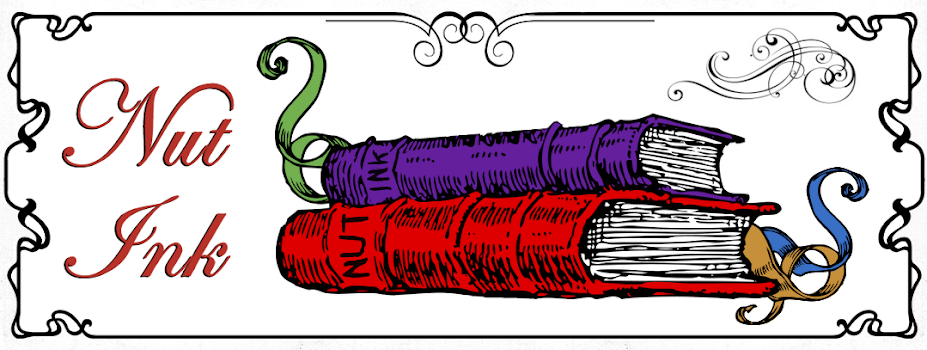‘When the woman then gave birth to a child the newborn was given the dead person’s name and regarded as the same person as the one in the grave.’
This short but insightful work is Varg Vikernes’ personal interpretation of the myths and folklore of his homeland. Its relevance goes beyond just Scandinavia because at heart most creation myths share a common origin, and what’s true for one is very possibly true for another, so even if you're not of Scandinavian origin there's much to interest a student of lore.
The reason the kinds of stories and legends cited have remained in the human consciousness for centuries is because they’ve been adapted and changed to fit the society and the times. That change keeps them alive but can warp the original intent and bury the ideas within under so much symbolism that it’s impossible for the uneducated mind to see beyond the obvious. Varg’s theories are the product of many years of research on the subject, comparing the different versions and decoding the hidden meanings piece by piece. I imagine it was like putting together a jigsaw; once one piece fell into place it made finding the next piece easier until finally the full illuminated picture was revealed.
Because of the archetypal nature of the source material it’s easy to adapt them to fit with any number of theories. I didn't have sufficient knowledge of the topic to refute anything he said but in all honesty the logic he presents the reader in the first half of the text makes perfect sense. The associations seem irrefutable and the suppositions are similar to what an archaeologist might make when presented with a more tangible version of the past.
The second half of the book studies the Völuspá, the first and best known work of the Poetic Edda. The Edda is the story of the creation of the Norse world and of its predicted end. Odin, Loki, Ragnarök etc. It's perhaps the single most important source for the study of Norse mythology. Using the theories presented in the first half of the book as a key, Varg attempts to link verses to the Runes hoping to unlock meaning and reveal the story anew.
Happily, the book is unlike the treatise of aggression that was Vargsmål (1997). His political beliefs were more than likely the motivation for wanting to get to the truth but he shows restraint by keeping the text almost completely free of his hatred for the Judeo-Christian religion; it surfaces only once at the very end, and even then it's mild by comparison.
4 mistletoe keys out of 5


No comments:
Post a Comment